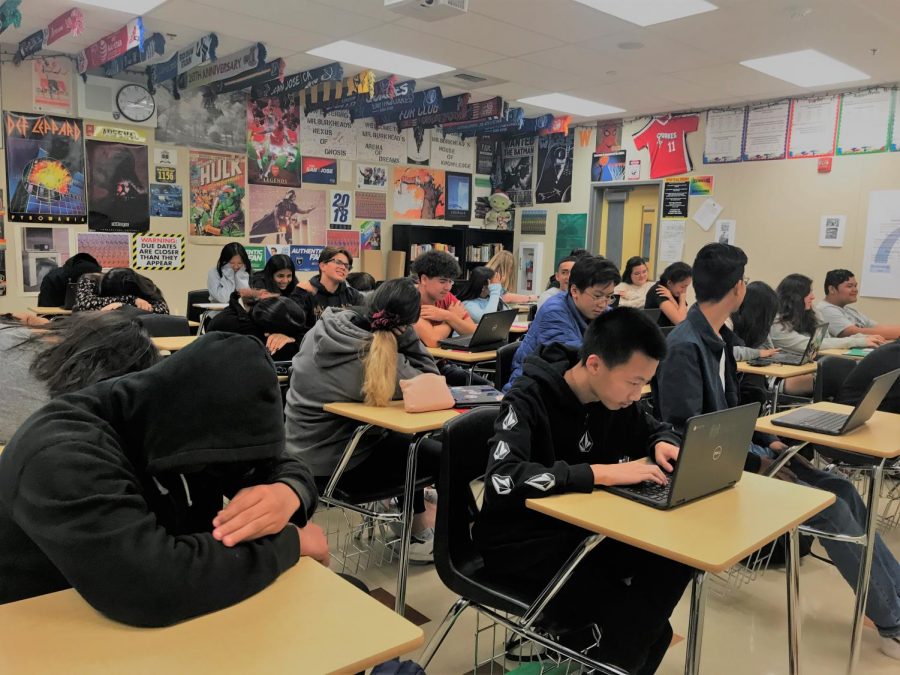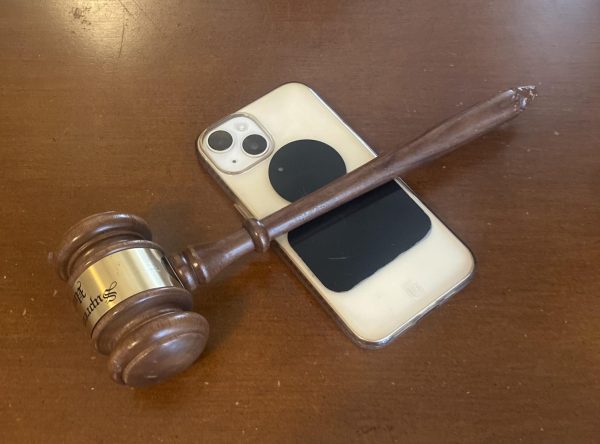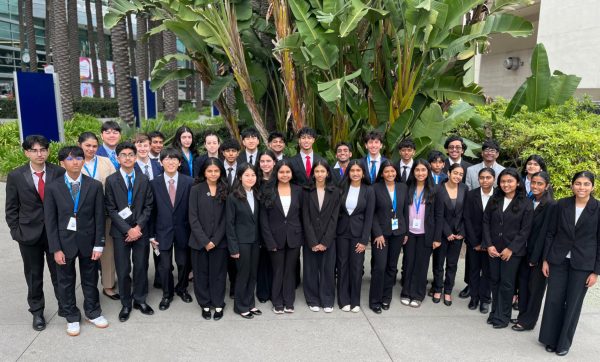Why are Classrooms so Cold?
“So far at Wilcox, everything seems great, I’m adjusting just fine, but there’s one thing that bugs me everyday. Why are all the classrooms freezing cold?!” complains Nimah Sid, a Wilcox freshman. Many students at Wilcox wonder the same thing, and often vent to teachers about their temperature-related problems. But this often solves nothing—turns out, many teachers have no control over the temperature themselves.
Uncontrollable thermostats have sparked concerns among many teachers, including Ms. Hardy, an AP Calculus and Computer Science teacher. When asked about her experience with the thermostat, Ms. Hardy replied, “I am frustrated because the teachers and custodians on site are locked out of controlling the temperature.” During Back to School Night, the ventilation was off, so in order to make it comfortable, Ms. Hardy had to open the windows. Mr. Soykin, a World History and AP European History teacher, experiences a similar but more subdued situation. When asked if he faced temperature-related problems in his classroom, he replied, “I wouldn’t necessarily say I’ve been having any troubles with the temperature in my classroom, at least not any new or unusual problems. I’ve felt for at least the last few years that I don’t really have that much control over the temperature. And while students complain about it every year, I feel like I haven’t heard any complaints so far this year.”
Though many teachers face problems controlling the thermostat, not all teachers have the same problem. Ms. Trisko, the CTE teacher, explains, “I do not have any issues with the AC in my room. It was recently fixed because it made a horribly loud noise. It is quiet now, and AC works perfect when the classroom door is closed.” Mr. Dobos, a Physics teacher whose classroom is in the S building, claims that his heating system works just fine, since he has full control over how hot or cold the class can be.
The majority of teachers questioned about this issue have agreed that the temperature in their classrooms seems to either be too warm or too cold at times. There seem to be issues mainly in the B Building, but different classrooms seem to have their own unique problems. There is no common pattern in this issue, therefore, it is hard to conclude if one building is having the same problem in each of its classrooms, or if it is different for each classroom at Wilcox. Because of the size of Wilcox and how the buildings are structured, the HVAC (heating, ventilation, and cooling) system might have different adjustments for each of these buildings, which may explain why teachers in the S Building can control the temperature, unlike teachers in the B Building.
The issue of cold classrooms is important because uncomfortable classroom temperatures can create distractions for students and affect learning ability. Westview High School conducted a research study to see if and how test scores were affected by changing temperature. The study resulted in two main conclusions. When the classroom temperature was too warm, it caused a rise in body temperature, which caused students to feel dizzy, sick, and slightly sweaty. When the classroom temperature was too cold, it made students less productive and less energetic. Both situations created distractions for the students, which resulted in uncomfortable circumstances for learning. Therefore, having control over the temperature and making sure the temperature is just right is important.
For the sake of conserving energy, most schools have an HVAC system. The HVAC system should be built to be able to manage building and weather conditions. These units are set up according to students’ schedules and a wall sensor when air conditioning is needed after scheduled hours. The main reason why the temperature may fluctuate is the damping effect, which is used to regulate temperatures but can go overboard. However, this is unavoidable.
Another factor that may cause our classrooms to cool down is the fact that it takes a while for HVAC control systems to receive feedback. The bigger the classroom, the longer it takes for a stable temperature control. The EMS (Energy Management System) still works hard to solve issues or address complaints, even though these factors cannot necessarily be controlled.
The temperature may not be in a teacher or system manager’s control, but students can combat cold temperatures by wearing hoodies or bringing sweaters to class. The EMS is continuing to address these problems. Eventually, they hope to fix these temperature-related issues soon, so that we can trust school thermostats a little more.







Ray Alexander • Mar 19, 2021 at 6:20 am
It’s so cold in my school I spend more energy shivering than actually learning, it’s absolutely terrible. when students were asked if they wanted to come back to school in person, I said no, strictly on the fact that it is so cold in the classrooms. I can’t stand it, it seems like no matter how big my hoodie is or how thick my pants are the cold air just goes right through it. when I found out that I have to go back to school in person I was devastated. I’m sitting in class right now wearing a shirt, long sleeve shirt, and a hoddie..not to mention that I’m wearing very fluffy socks and thick shoes. I should be sweating by now but I’m freezing. of course, the teacher doesn’t seem to be bothered at all. I almost got away with being fake sick this morning but I sadly failed 🙁
John Doe • May 9, 2023 at 1:51 pm
I get what you mean. 🙁